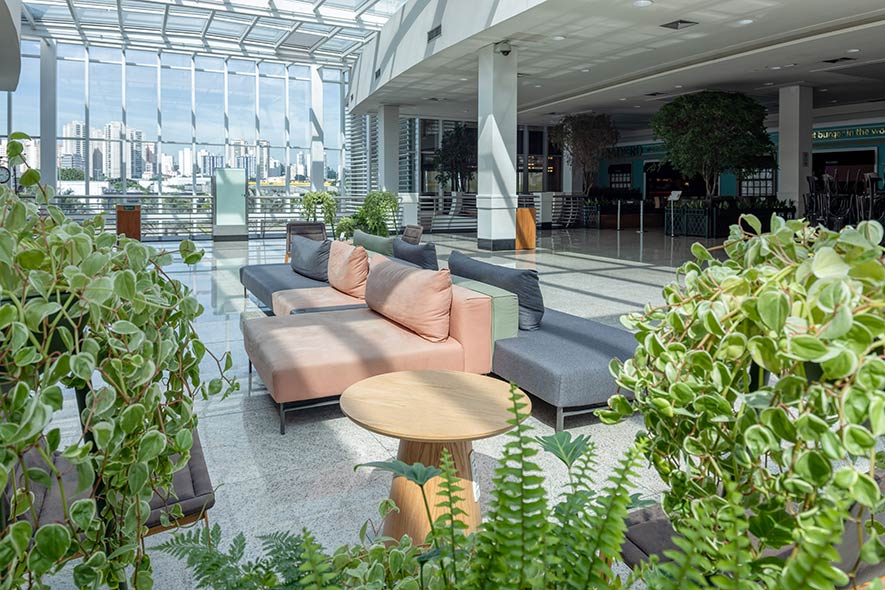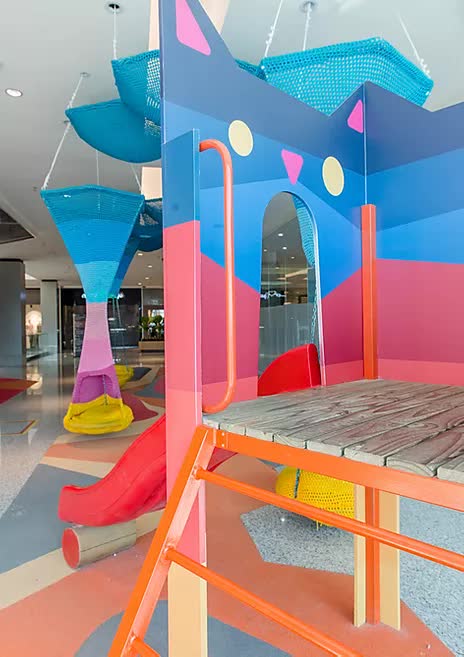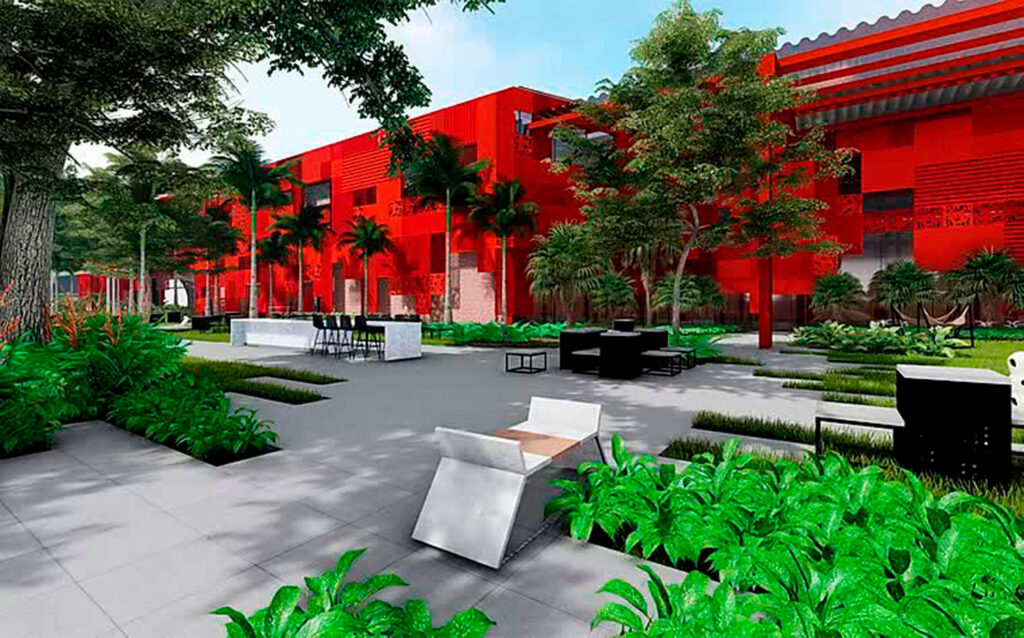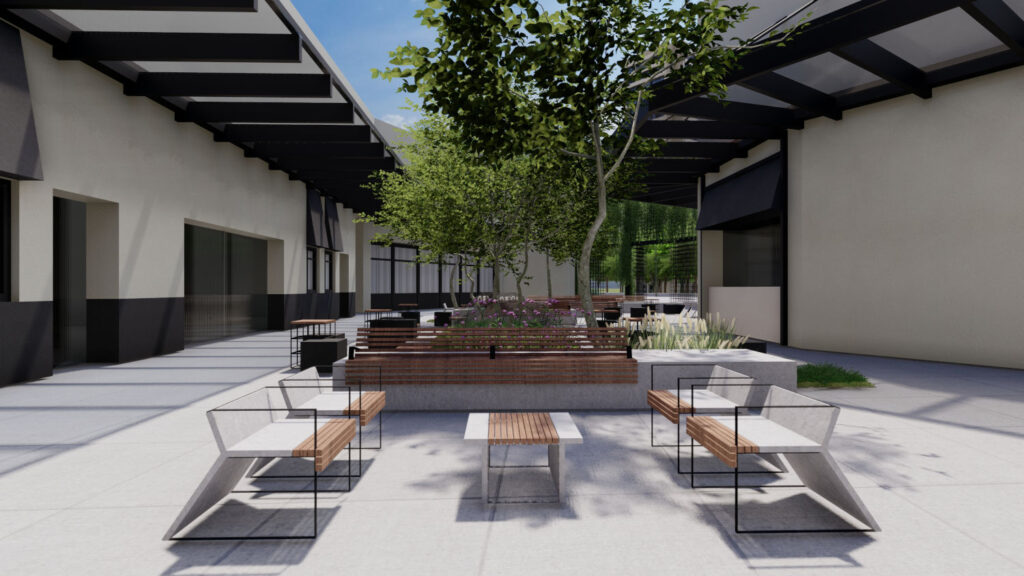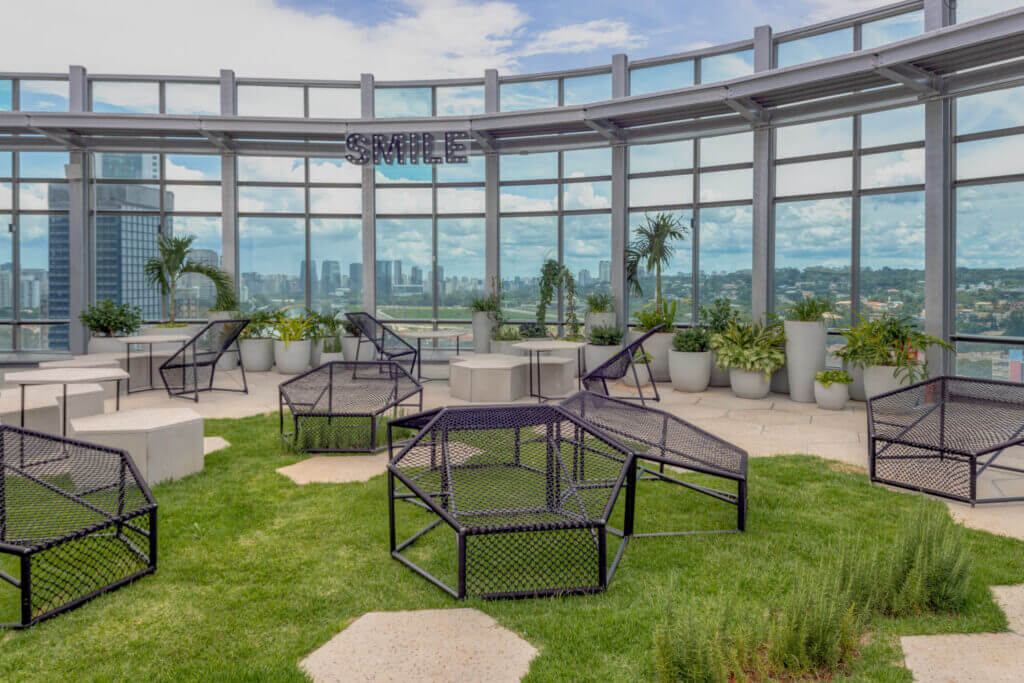Neuroarchitecture is the combination of some disciplines, such as psychology and neuroscience, associated with architecture and urbanism. Projects and studies in this area of knowledge assess how environments affect people psychically, generate behavioral triggers and stimulate feelings.
Places have the ability to stimulate emotions, perceptions, behavior, health and well-being. The stimuli are linked to the type of permanence of people in places, since rational and emotional associations are formed depending on the different types of connections we make, with thoughts being classified as quick or long-lasting. The more positive the stimuli, the greater the time of connection between person and place.
See too: Corporate Architecture
Therefore, we can deduce that the quality and stimuli of a place are capable of influencing, as a reflex, a behavioral pattern. Biophilia is a word that derives from the Greek BIOS, which means life, and philia, which means love, affection. In this way, it is a concept that represents love for life or something that is alive, an exaltation of nature and the need to be connected to it.
This need to relate, be present and have contact with something alive is contained in the very genetic evolution of humanity and ended up intensifying with modern times.
More and more people are living in cities and, unfortunately, the lack of planning has generated little presence of elements of nature in urban centers, with an inversion of values with the rescue and appreciation of urban green spaces.
This way of thinking, in the last century, gave rise to squares and parks. Currently, we see apartments that house small forests inside, on the highest floors possible.
In the process of urbanization of contemporary cities, squares and parks have emerged in cities. The search for the interiorization of nature in built environments has become increasingly common, as a way of bringing us a little closer to living elements. The well-being that nature provides to humanity is a physical and psychological need with numerous benefits to health and social, mental and physical well-being. By joining these two concepts, neuroarchitecture and biophilia, we became aware of the importance of integrating nature into projects, as a way of providing and stimulating better and deeper sensations and feelings. Whether it's a passing space, short or long term, inside or outside, being in contact with green and nature is good and generates good.
Trazer design biofílico para o projeto, como cores e texturas mais suaves, iluminação mais amena e difusa, materiais orgânicos e artesanais, colabora, juntamente ao paisagismo ou à composição de plantas nos espaços, para alcançarmos ambientes mais saudáveis, produtivos e simplesmente agradáveis.
The search for well-being, at this moment, occurs in all types of use and occupation of spaces, whether urban, commercial, residential or corporate. And taking as a premise the use of green as a strategy for improving spaces, in addition to the aesthetic appeal of nature's beauty, enhances the perception of the positive.
In the case of corporate environments, companies are seeing the need to change their offices with biophilic architecture, so that they do not become obsolete. Open spaces for quick exchanges of coexistence are gaining more and more space, always with a lot of integrated vegetation, in order to captivate through the connection with the green. The use of many plants, natural lighting and organic and handcrafted materials collaborates, and a lot, to enhance the benefits of these concepts, without leaving aside the corporate character and the search for productivity. Happier, healthier people work better and tend to give a higher return.
In the project for the roof of the Accor Hotel Chain, the central office was planned to have a large outdoor work and rest space, with lots of greenery and fresh air! In addition, with an instigating landscape of the Jockey Club and Marginal Pinheiros, in which biophilia portrays the care and concern of the place in providing welcome to the people who work in the company.
See more about Roof project for the Accor Hotels Network and check out other projects developed by Plant Ideas, whose DNA is the integration of design with nature.
Check also: sustainable squares | O que é mobiliário urbano

